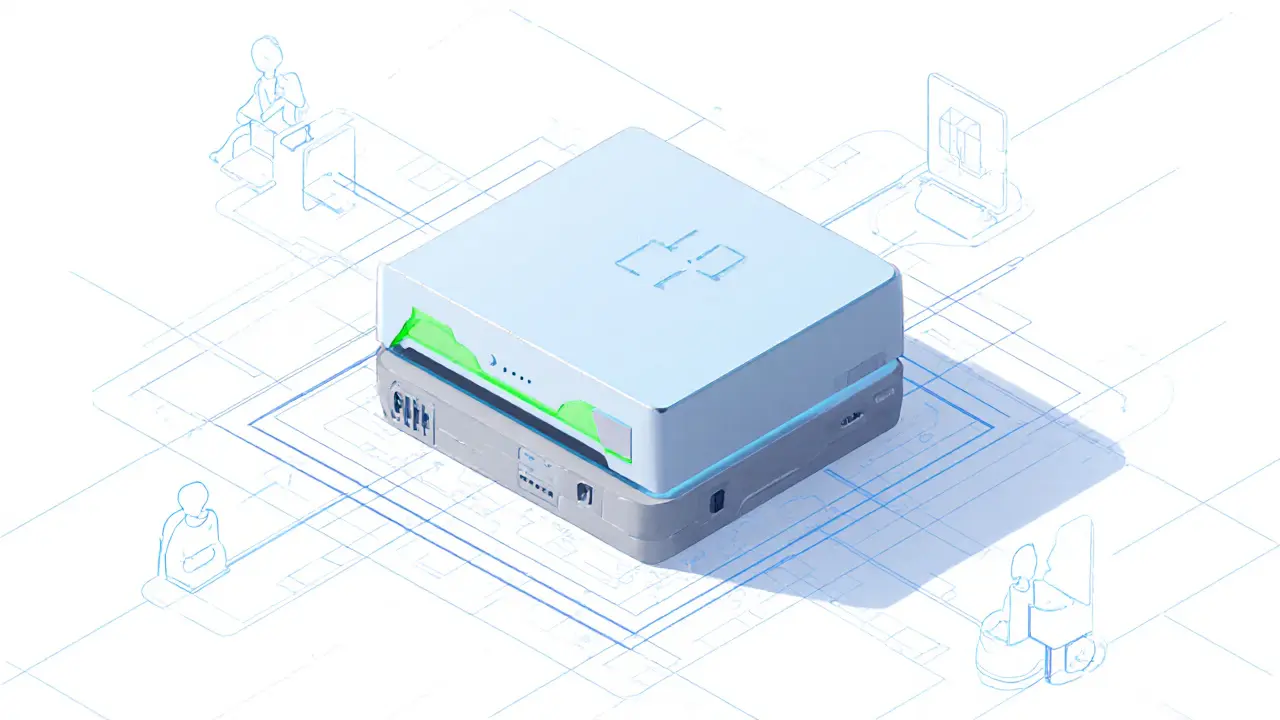DePIN – Decentralized Physical Infrastructure Networks
When working with DePIN, a framework that merges blockchain token economics with real‑world hardware like sensors, routers, or storage devices. Also known as Decentralized Physical Infrastructure Networks, it lets owners earn crypto by sharing unused capacity.
At its core, DePIN relies on IoT, Internet of Things devices that generate data and provide physical resources and Edge Computing, localized processing that reduces latency and bandwidth use. These technologies together create a distributed layer where participants can host services close to the source. DePIN therefore bridges digital finance and tangible infrastructure, enabling new business models that reward real‑world contributions.
Why Token Incentives Matter
The next piece of the puzzle is Token Incentives, cryptographic rewards that align participants’ interests with network health. When a node provides bandwidth, storage, or compute, smart contracts mint tokens proportional to its contribution. This mechanism spawns Infrastructure Staking, the practice of locking tokens to guarantee service quality and earn additional yields. In turn, staking boosts network reliability, which attracts more IoT and edge devices, completing a virtuous cycle: DePIN enables token incentives, token incentives drive infrastructure staking, and staking strengthens the edge‑IoT layer.
Our collection below covers everything from regulatory guides for buying crypto in China to deep dives on sidechains, modular blockchains, and DeFi lending—topics that intersect with DePIN’s ecosystem. Whether you’re curious about tokenomics, looking to set up your own edge node, or need practical steps to claim airdrops, the articles ahead give actionable insight and real‑world examples.
Key Challenges Facing DePIN Networks and How to Overcome Them
Explore the biggest hurdles DePIN networks face-from bootstrapping and token volatility to regulatory gray zones-and learn practical strategies to overcome each challenge.
VIEW MORE
